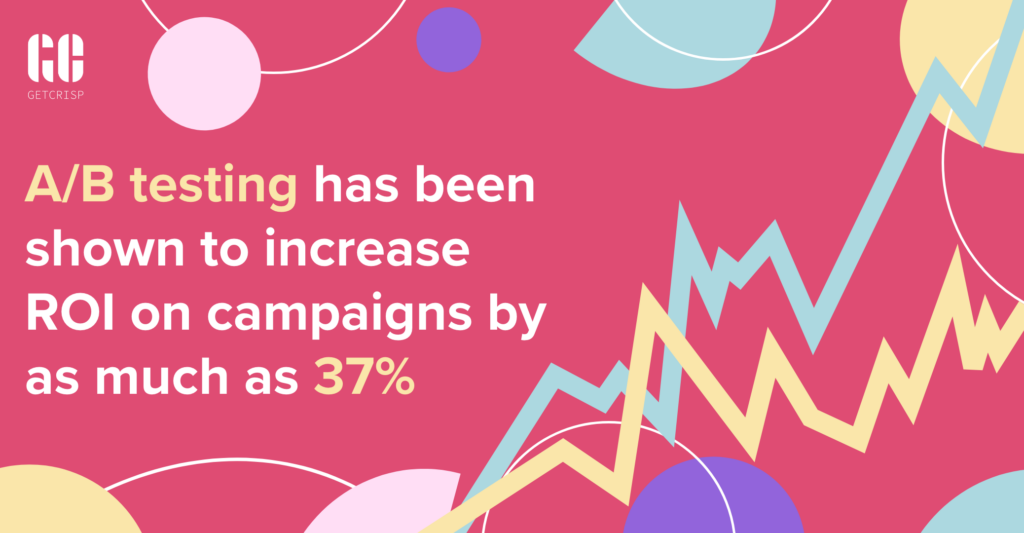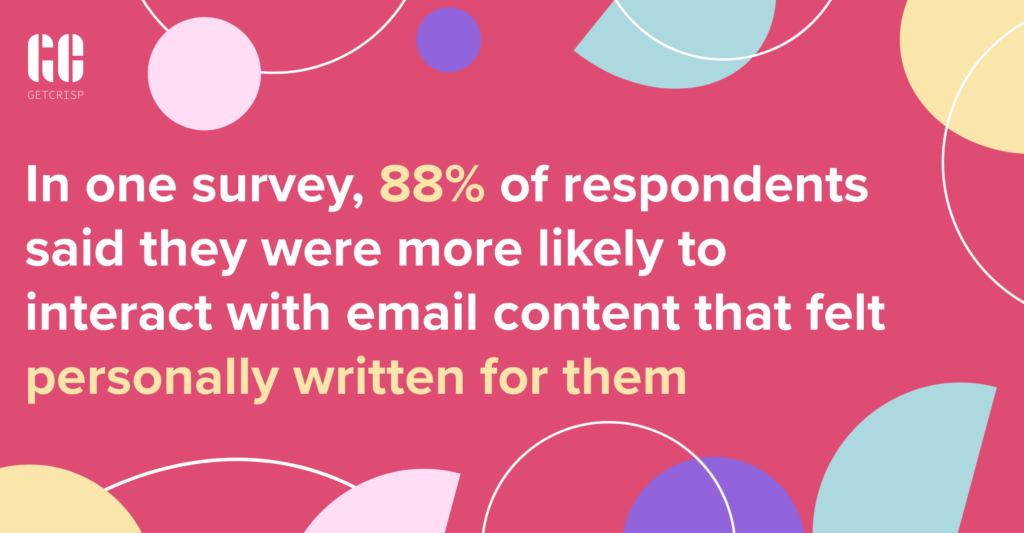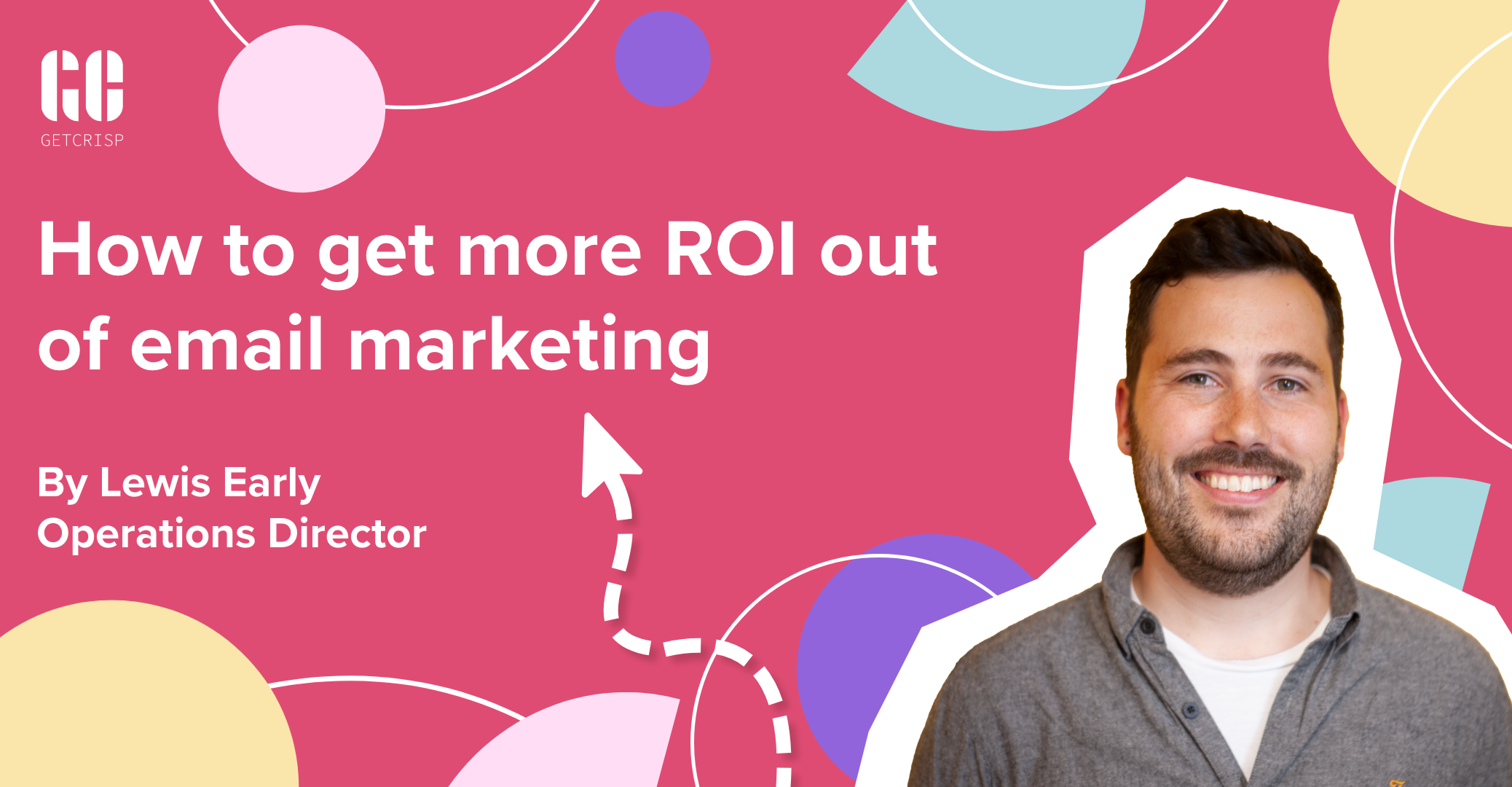Email marketing is one of the most valuable tools in any marketers’ arsenal. A recent survey of 2,000 marketers showed that for every dollar spent by marketers in the software sector on email, they received thirty-six in return.
Building a winning email marketing strategy can be a consistent source of high-quality leads, especially for SMEs who are still building up their own brand presence. But to get it right, you need more than just a catchy subject line. Here’s some of the key strategies we keep in mind when implementing email for our marketing clients.
1. Set a goal and stick to it
If you’re creating an email marketing campaign it’s because you want your audience to act in response to it. Whether that’s filling out a contact form, responding to a promotion, or referring a friend to your business. Even campaigns for brand awareness need to have a long-term goal attached to them.
It’s crucial that you keep your desired outcome in mind when you’re crafting your campaign. Your subject line, call to action, even your audience needs to be tailored around this overall goal.
Our general recommendation is to keep content in emails short and snappy, and if conversions are the goal, I’d consider trying plain-text email. Plain text is exactly what it sounds like, it has the advantage of cutting through the noise and replicating the conversational style of email we use every day.
2. Run A/B tests regularly
A/B testing involves sending out two versions of an email campaign to see which one performs better. You only change one variable at a time so you can accurately monitor
results. It’s important to mix up your subject lines, design elements and calls to action, until you find that winning formula.
A/B testing has been shown to increase ROI on campaigns by as much as 37%. When you’re carrying out these tests, it’s important to look at stats like click-through and open rates. While these interactions might not necessarily lead to direct conversions, they are essential to building the relationships that are the backbone of successful, long-term b2b marketing.

3. Get specific with your audience
Think about how many emails you are sent by businesses, how many of them do you read and think “why should I care about that?”. This is because the content you have been sent is not segmented well enough.
Segmenting your audience is essential to effective email marketing, but there’s a huge range of ways you can go about it. One successful approach we’ve seen involves sending automated emails to contacts who have left items in their basket on an ecommerce site. It’s also worth segmenting by job title, location or past purchases. It’s also worth remembering that different A/B tests may generate better ROI within certain segments!
In one survey, 88% of respondents said they were more likely to interact with email content that felt personally written for them. This means that not only do you have to get your prospect’s name right using email merge fields, but a quality over quantity approach is probably a better way to go overall.

4. Make membership meaningful
The holy grail of email marketing is having a mailing list that your prospects seek out and subscribe to. This sets the stage for a valuable customer relationship moving forward, so it’s important to have a strategy in place at the very start of your funnel.
A lot of this process comes down to ease of use. Your email signup form should be accessible, simple, and not reliant on users entering in reams of data manually.
It’s also important to think about where your signup form sits on your site, whether it’s a simple popup, or appears alongside relevant offers. You want users to see your mailing list when they are at their most engaged.
Finally, think about what your mailing list is offering your subscribers. Exclusive offers or rewards are a great way to drive engagement and establish trust.
5. Take reporting seriously
The final point I wanted to touch on is about reporting. Email marketing software offers a range of different reports on campaign success, and there are some key metrics that you need to keep an eye on.
Conversions will naturally stick out, but it’s just as important that you monitor your email bounce rate. This will flag how many emails didn’t reach their intended target. Staying on top of your bounce rate, and removing contacts that bounce regularly will ensure you don’t get caught out by spam filters in future. Removing contacts might feel counter-productive, but it’s best for your ROI in the long run.
Quality email marketing applications will also include click-mapping, which, like your A/B tests, will show which campaign elements are driving the highest click-through rate to your website. Take notice of what gets your customers’ attention and think how that messaging can be applied to more content to generate ROI.
I hope this has offered some food for thought for when you are looking to create your next campaign. If you’re looking for more guidance on how to set up Email campaigns for your own business, or ideas for how you can be making the most of them, get in touch.
